Description
Atlantis: The Lost Empire is a 2001 American animated science fantasy action–adventure film produced by Walt Disney Feature Animation and released by Walt Disney Pictures.
It was directed by Gary Trousdale and Kirk Wise and produced by Don Hahn, from a screenplay by Tab Murphy, and a story by Murphy, Wise, Trousdale, Joss Whedon, and the writing team of Bryce Zabel and Jackie Zabel.
The film features an ensemble voice cast that includes Michael J. Fox, Cree Summer, James Garner, Leonard Nimoy, Don Novello, Phil Morris, Claudia Christian, Jacqueline Obradors, Jim Varney, Florence Stanley, John Mahoney, David Ogden Stiers, and Corey Burton. The film is set in 1914 and tells the story of young linguist Milo Thatch, who gains possession of a sacred book, which he believes will guide him and a crew of mercenaries to the lost city of Atlantis.
Development of the film began after production had finished on The Hunchback of Notre Dame (1996). Instead of another musical, directors Trousdale and Wise, producer Hahn, and screenwriter Murphy decided to do an adventure film inspired by the works of Jules Verne. Atlantis: The Lost Empire was notable for adopting the distinctive visual style of comic book artist Mike Mignola, one of the film’s production designers. The film made greater use of computer-generated imagery (CGI) than any of Disney’s previous traditionally animated features and remains one of the few to have been shot in anamorphic format. Linguist Marc Okrand constructed an Atlantean language specifically for use in the film. James Newton Howard provided the film’s musical score. The film was released at a time when audience interest in animated films was shifting away from hand-drawn animation toward films with full CGI.
Atlantis: The Lost Empire premiered at the El Capitan Theatre in Hollywood, Los Angeles, on June 3, 2001, and went into its general release on June 15. The film received mixed reviews from critics. Budgeted at around $90–120 million, Atlantis grossed over $186 million worldwide, $84 million of which was earned in North America; its lackluster box office response was identified as a result of being released in competition with Shrek, Lara Croft: Tomb Raider, The Fast and the Furious and Dr. Dolittle 2. As a result of the film’s box office failure, Disney cancelled a planned spin-off animated television series Team Atlantis, an underwater Disneyland attraction, and a volcanic Magic Kingdom attraction based on it. Atlantis was nominated for several awards, including seven Annie Awards, and won Best Sound Editing at the 2002 Golden Reel Awards.
The film was released on VHS and DVD on January 29, 2002, and on Blu-ray on June 11, 2013. Despite its initial reception, re-evaluation in later years has resulted in Atlantis gaining a cult following and reappraisal from critics as a mistreated classic, due in part to Mignola’s unique artistic influence.
Aboard the submarine Ulysses, Milo meets his teammates: Commander Lyle Tiberius Rourke, Lieutenant Helga Sinclair, demolitions expert Vincenzo Santorini, geologist Gaetan « Mole » Molière, medical officer Joshua Sweet, mechanic Audrey Ramirez, radio operator Wilhelmina Packard, mess cook Jebidiah « Cookie » Farnsworth, and a platoon of mercenaries. Upon reaching a cave entrance leading to the lost city, the submarine is destroyed by a massive mechanical leviathan, killing most of the crew. Milo and the survivors escape in smaller crafts, navigating through the cave to emerge among ancient ruins.
Milo translates the journal, guiding the team through caves beneath a dormant volcano until they reach the worn remains of Atlantis. There, they are greeted by Princess Kidagakash « Kida » Nedakh, who, despite being around 8,500 years old, appears as a young woman.
She leads them to her father, King Kashekim, who orders them to leave. Learning that Milo can read their language—a skill lost to the Atlanteans over millennia—Kida asks for his help in uncovering their forgotten history and highly-advanced technology, without which the city has declined and resources have dwindled. Milo learns that Atlantis is powered by the Heart of Atlantis, a massive crystal that grants longevity and health to its citizens through the smaller crystals they carry.
Rourke betrays Milo and the Atlanteans, revealing his true intention—to steal the Heart for profit, despite knowing the Atlanteans will perish without it. He mortally wounds the King while seizing control and uncovers the crystal’s hidden location beneath the city. Sensing the danger, the crystal merges with Kida, who is then captured by Rourke.
He departs with the crystallized Kida and his mercenaries, except for Vincenzo, Molière, Sweet, Audrey, Packard, and Cookie, who refuse to take part in the Atlanteans’ destruction. Before dying, the King reveals that Atlantis was devastated by a megatsunami after he attempted to weaponize the crystal’s vast power. To protect the city, the crystal merged with a royal family member, Kida’s mother. This created a protective dome over the city’s inner district, shielding it from total destruction as Atlantis sank beneath the waves, but Kida’s mother never returned. To prevent the crystal from ever merging with Kida, the King hid it, inadvertently accelerating Atlantis’ decline. He warns Milo that Kida will be lost forever if she is not soon separated from the crystal and pleads with him to save her.
Alongside his allies, Milo rallies the Atlanteans to reactivate their long-dormant flying machines. Together, they eliminate Rourke’s mercenaries in the volcano. Milo kills Rourke with a crystal shard before he and the others fly the crystallized Kida back to Atlantis as the volcano erupts. Kida ascends into the air and awakens Stone Guardians, who erect a barrier that shields the city from the lava flow. With Atlantis saved, the crystal separates from Kida and remains suspended in the sky. Milo chooses to stay in Atlantis with Kida, having fallen in love with her. Before returning to the surface, Vincenzo, Molière, Sweet, Audrey, Packard, and Cookie each receive a small crystal and a share of treasure. The six reunite with Preston on the surface and agree to keep their adventure a secret to protect Atlantis. Preston opens a package from Milo containing his own crystal and a note thanking him.
- Michael J. Fox as Milo James Thatch, a linguist and cartographer at the Smithsonian who was recruited to decipher The Shepherd’s Journal while directing an expedition to Atlantis.
- James Garner as Commander Lyle Tiberius Rourke, the leader of the band of mercenaries for the Atlantean expedition.
- Cree Summer as Kidagakash « Kida » Nedakh, the Princess of Atlantis and Milo’s love interest.
- Natalie Strom provided dialogue for Kida as a young child.
- Summer also voiced the unnamed Queen of Atlantis, Kida’s mother and Kashekim’s wife who was « chosen » by the Crystal during the sinking of the city.
- Don Novello as Vincenzo « Vinny » Santorini, an Italian demolitions expert.
- Phil Morris as Dr. Joshua Strongbear Sweet, a medic of African-American and Native American descent.
- Claudia Christian as Lieutenant Helga Katrina Sinclair, Rourke’s German-born second-in-command.
- Jacqueline Obradors as Audrey Rocio Ramirez, a Puerto Rican mechanic and the youngest member of the expedition.
- Florence Stanley as Wilhelmina Bertha Packard: an elderly, sarcastic, chain-smoking radio operator who is also the expedition’s photographer.
- John Mahoney as Preston B. Whitmore, an eccentric millionaire who funds the expedition to Atlantis. Lloyd Bridges was originally cast and recorded as Whitmore, but he died before completing the film. Mahoney’s zest and vigor led to Whitmore’s personality being reworked for the film.[8]
- Jim Varney as Jebidiah Allardyce « Cookie » Farnsworth, a Western-style chuckwagon chef. Varney died in February 2000, before the production ended, and the film was dedicated to his memory. Steven Barr recorded supplemental dialogue for Cookie.
- Corey Burton as Gaetan « Mole » Molière, a French geologist who acts like a mole.
- Leonard Nimoy as Kashekim Nedakh, the King of Atlantis and Kida’s father.
- David Ogden Stiers as Fenton Q. Harcourt, a board member of the Smithsonian Institution who dismisses Milo’s belief in the existence of Atlantis.
Production
The idea for Atlantis: The Lost Empire was conceived in October 1996 when Don Hahn, Gary Trousdale, Kirk Wise, and Tab Murphy lunched at a Mexican restaurant in Burbank, California. Having recently completed The Hunchback of Notre Dame, the producer and directors wanted to keep the Hunchback crew together for another film with an « Adventureland » setting rather than a « Fantasyland » setting.
Drawing inspiration from Jules Verne‘s Journey to the Center of the Earth (1864) and Twenty Thousand Leagues Under the Seas (1870), they set out to make a film which would fully explore Atlantis (compared to the brief visit depicted in Verne’s novel).
While primarily utilizing the Internet to research the mythology of Atlantis, the filmmakers became interested in the clairvoyant readings of Edgar Cayce and decided to incorporate some of his ideas—notably that of a mother-crystal which provides power, healing, and longevity to the Atlanteans—into the story.
They also visited museums and old army installations to study the technology of the early 20th century (the film’s time period), and traveled underground in New Mexico’s Carlsbad Caverns to view the subterranean trails which would serve as a model for the approach to Atlantis in the film.

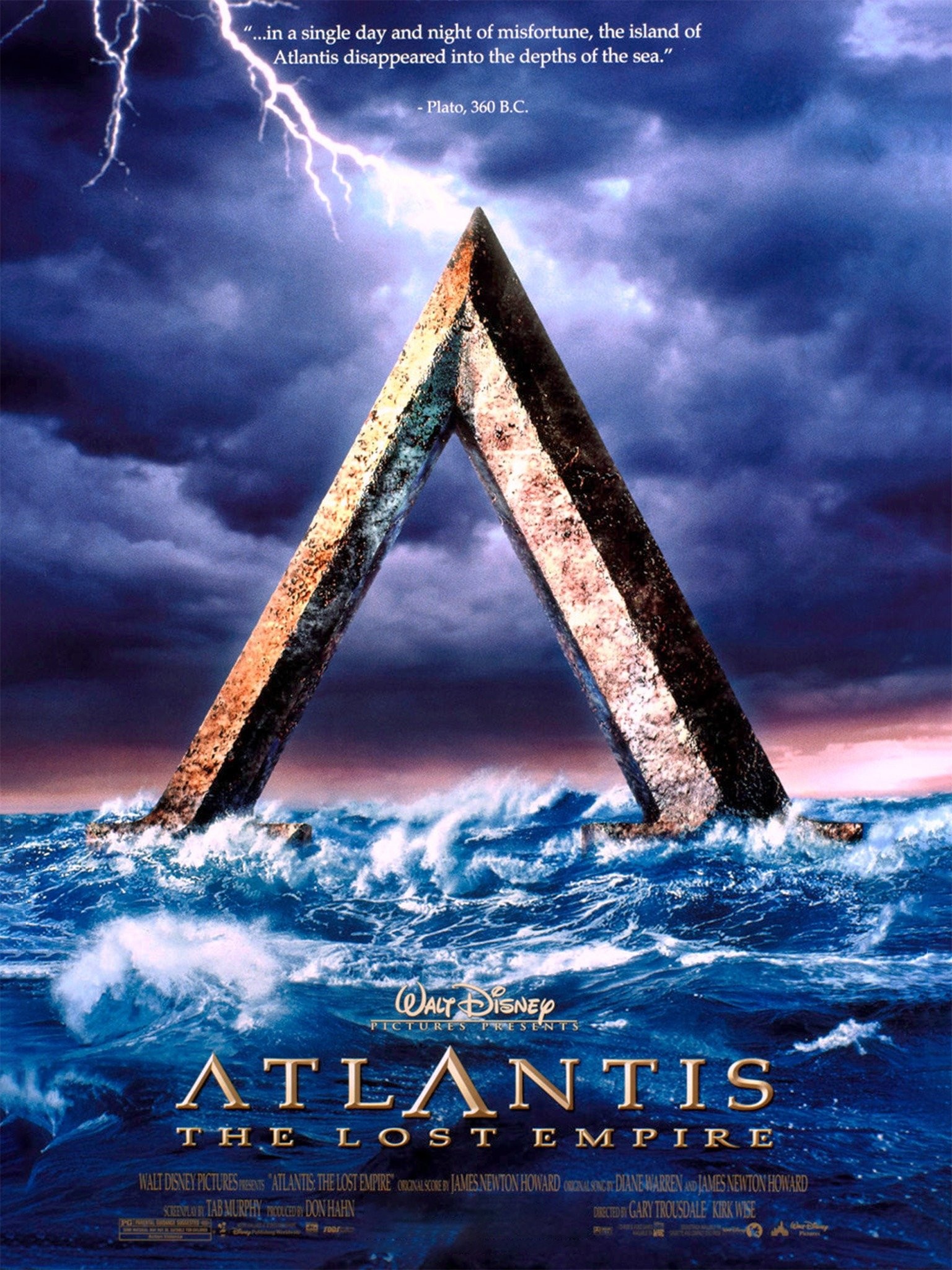
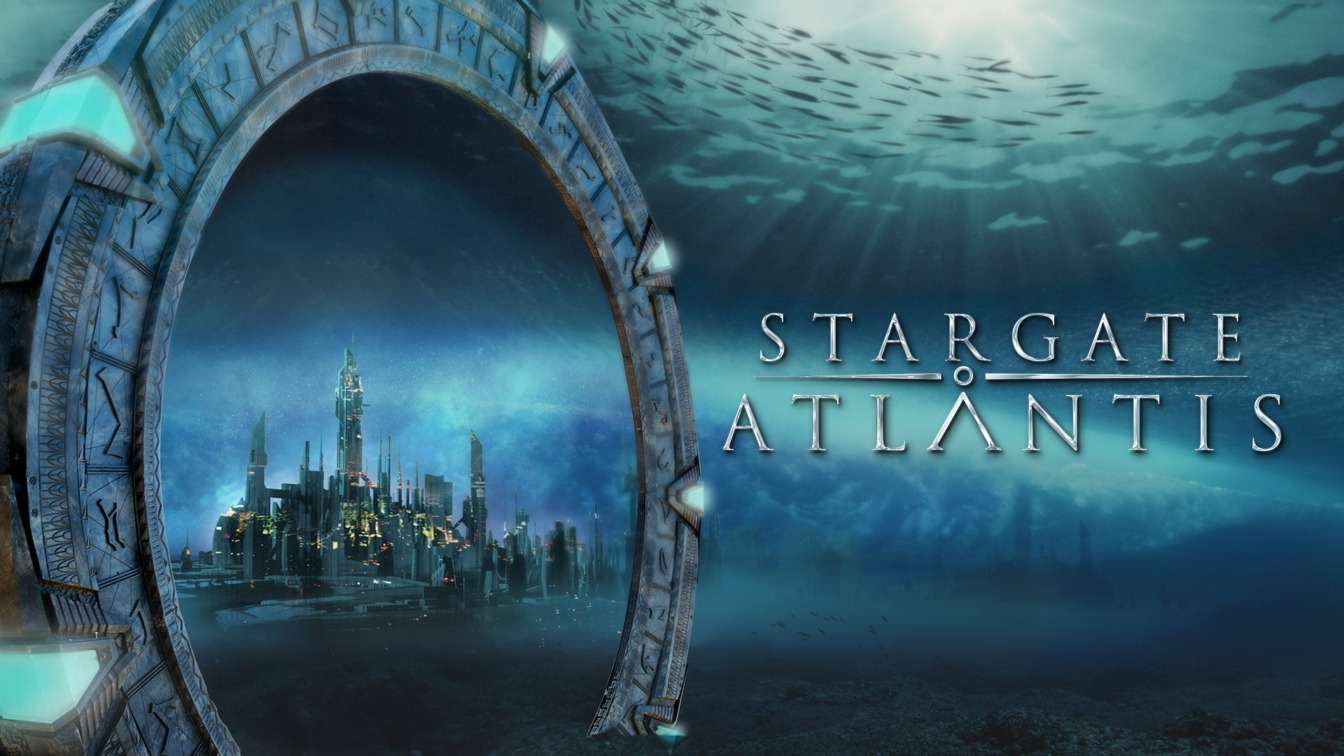
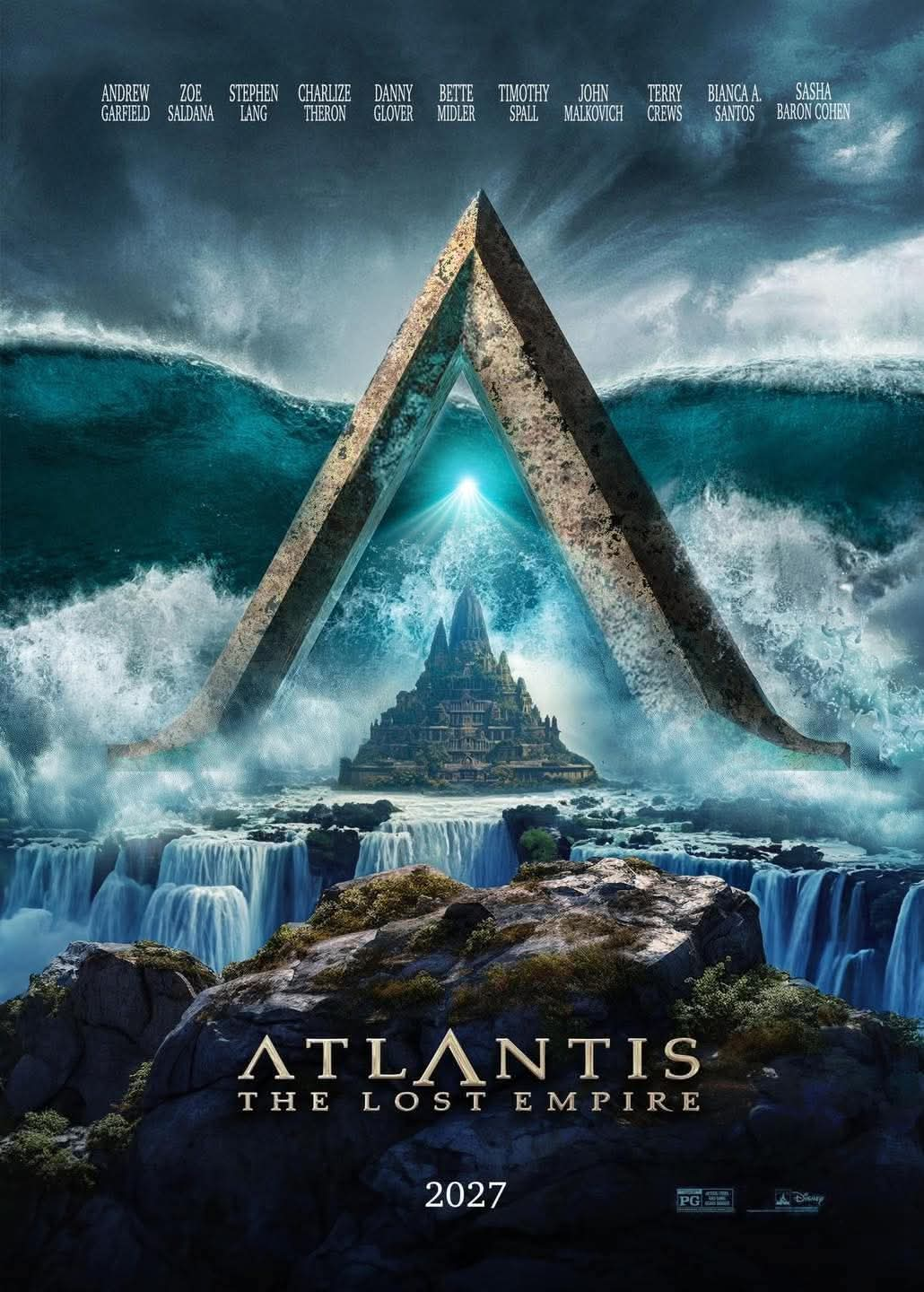
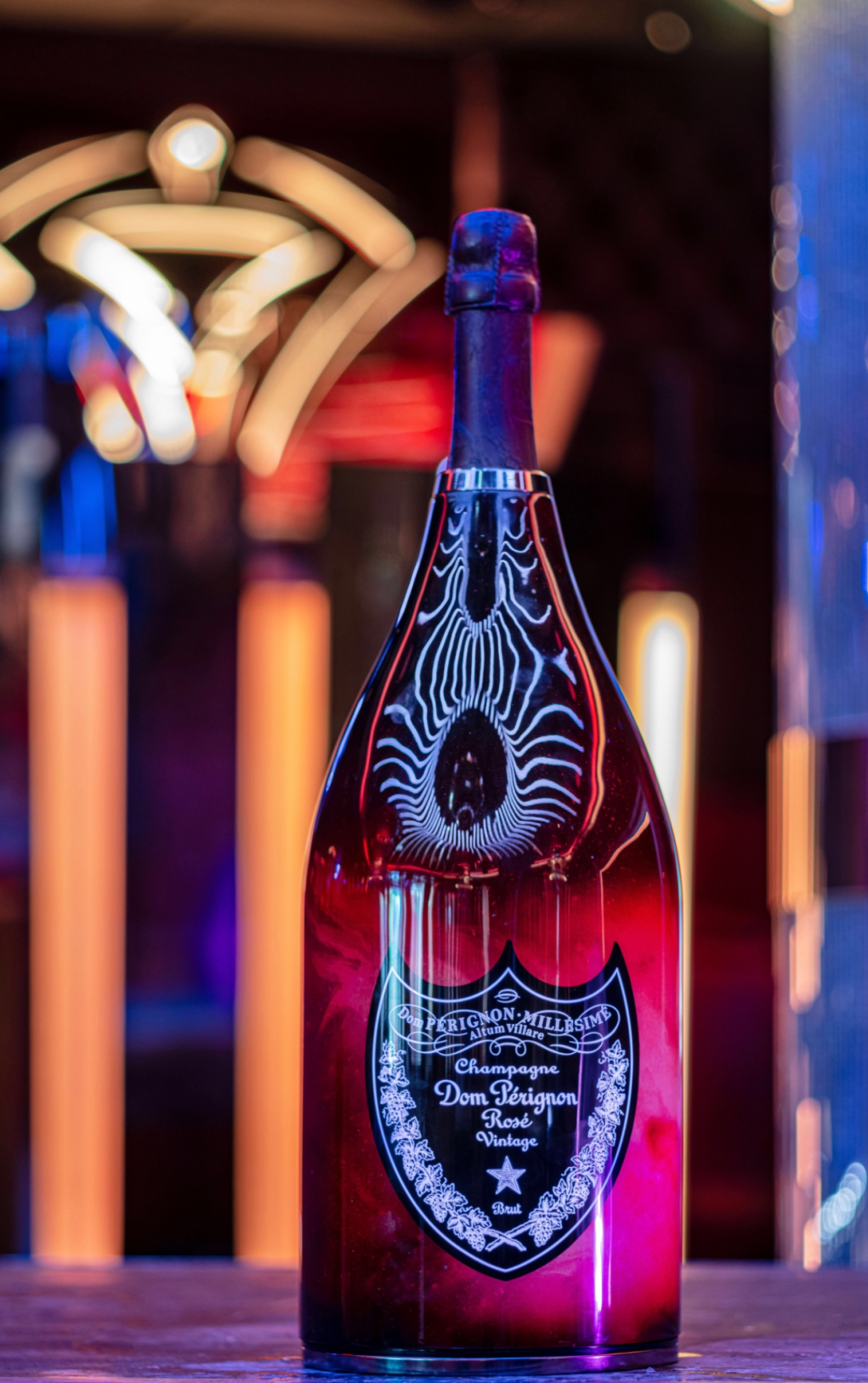
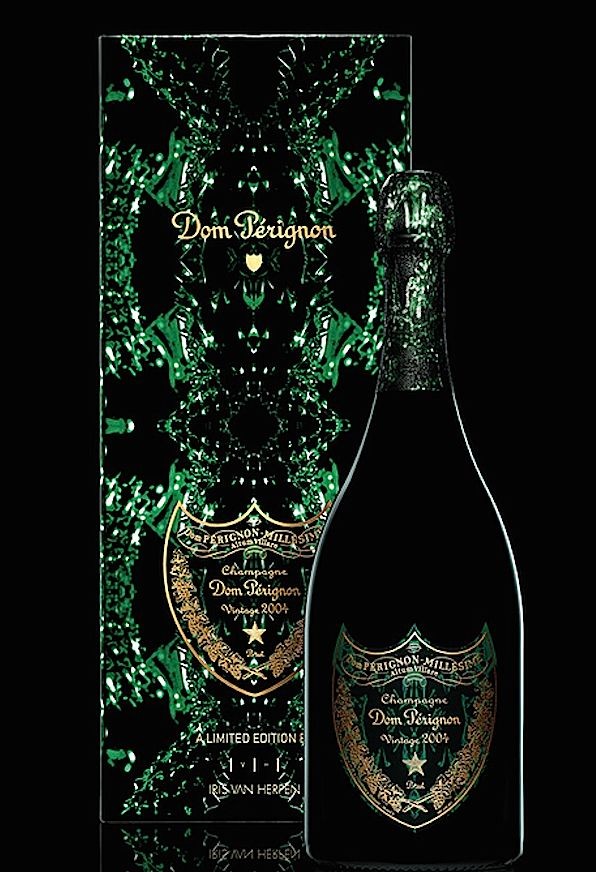
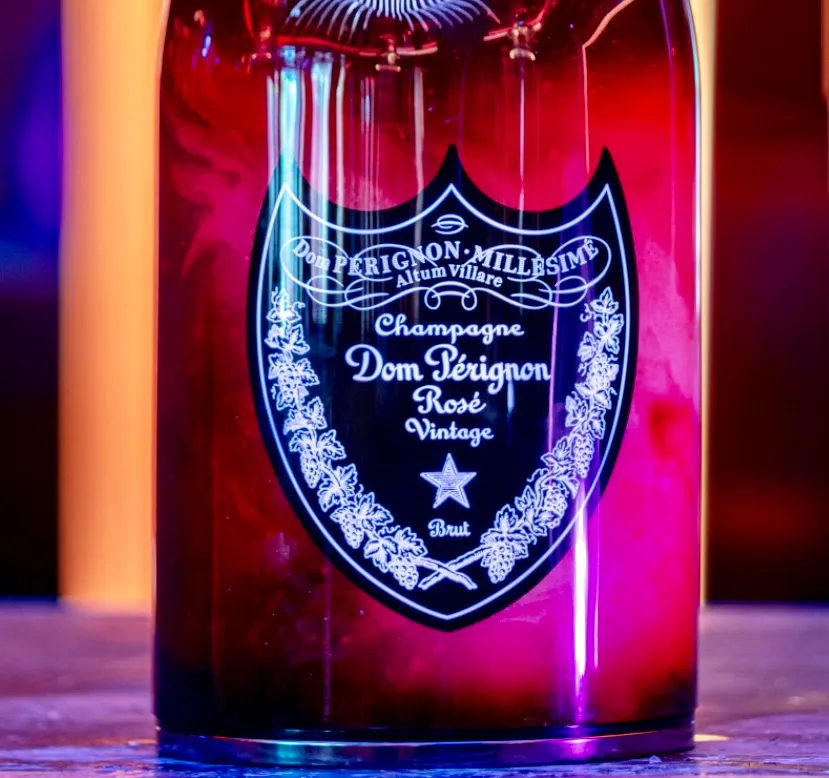
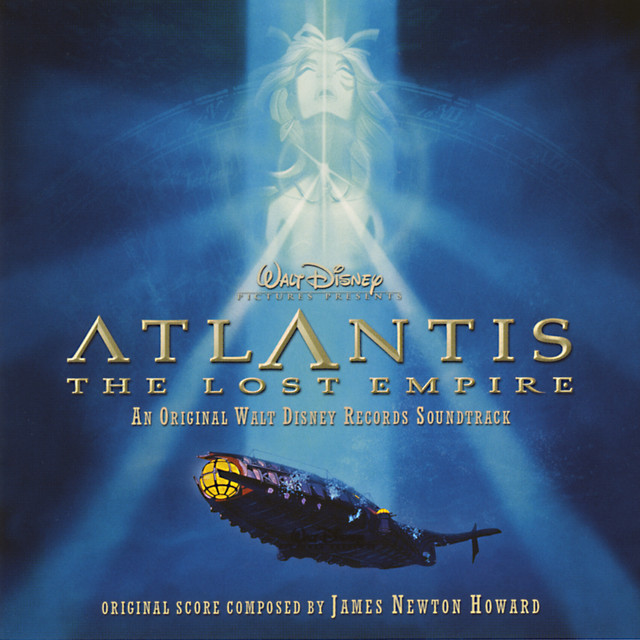

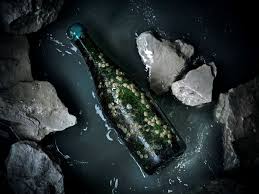
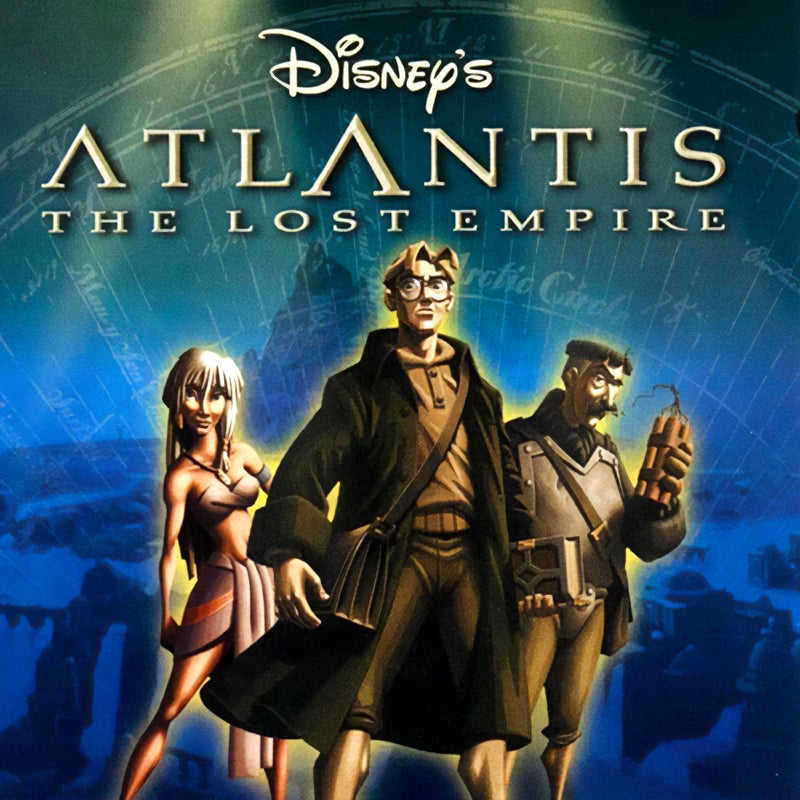
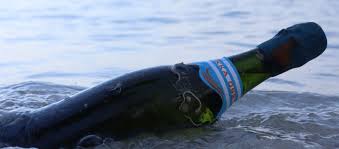
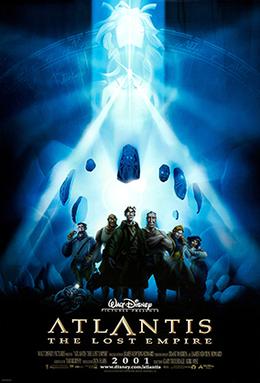
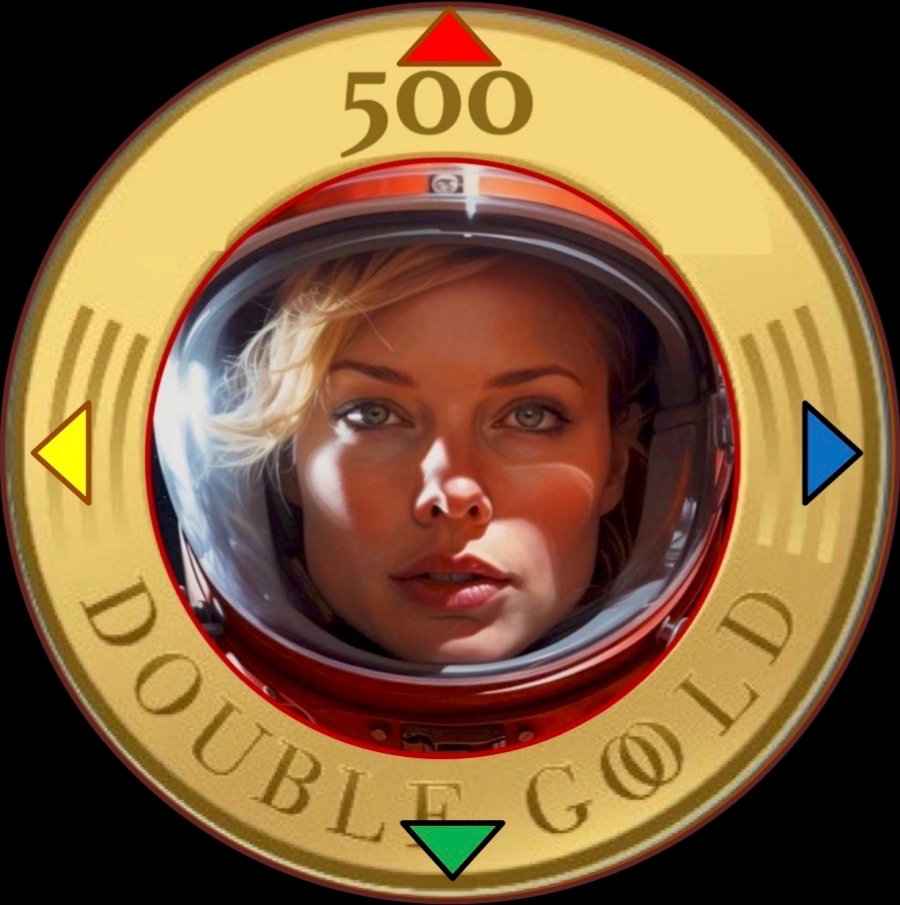
Avis
Il n’y a pas encore d’avis.